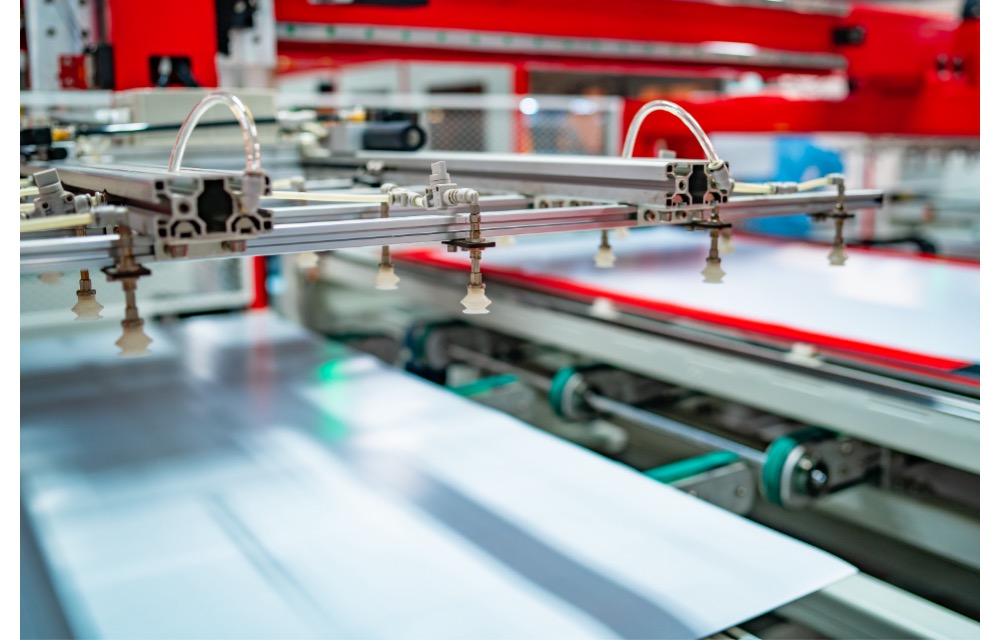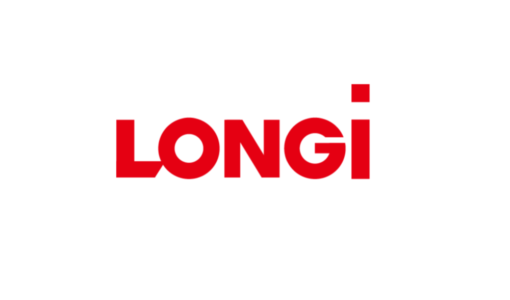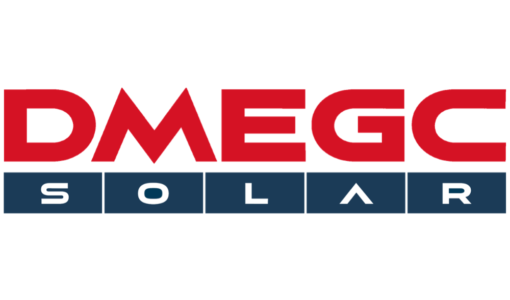- USITC has submitted its midterm monitoring report on the status of the import duties on CSPV and their impact on domestic manufacturing industry
- It sees some positive developments in terms of module capacity expansions and increased output
- On the downside, the tariffs haven’t materialized into the US starting its own cell production
- The IRA has given the industry a push, however domestic cell manufacturing is yet to begin in the country thus ensuring it remains dependent on imports
The US’ safeguard measures on imported crystalline silicon PV (CSPV) cells and modules since February 7, 2018 has had a positive impact on the local industry with significant expansions announced and investments flowing in. Yet, manufacturers continue to experience operating and net losses even though these considerably improved in 2022 compared to 2017, according to a midterm monitoring report by the US International Trade Commission (USITC).
In a 408-page report, the USITC explores the impact of the solar import tariffs imposed by then US President Donald Trump and extended by his successor Joe Biden on February 4, 2022 to remain in effect till February 6, 2026.
The commission has collected data for calendar years 2020, 2021 and 2022 and interim periods of H1/2022 and H1/2023. In also has ‘useable’ questionnaire responses from 13 US firms that account for over 80% of known US capacity to produce CSPV modules in 2022, along with from 45 firms that account for 71.9% of US imports of these products during the same year.
During 2020-2022, domestic CSPV module capacity and production fluctuated, but increased overall while both the output and capacity utilization went up in H1/2023 on annual basis.
In general, local CSPV module producers gained overall market share during 2020-2022, improved gross profits, increased net sales in terms of quality and value. However, the industry operated at a loss throughout the review period as prices for imported modules were lower than locally produced panels as a result of factors like polysilicon prices, technological advancements, etc.
The commission points out that despite the prices going down globally, the safeguard measure caused US prices for CSPV products to be higher than they would otherwise have been.
At the same time, there has been no CSPV cell production in the country since the tariffs were announced.
Acknowledging that the solar market underwent numerous regulatory policies, overlapping incentives and supply chain disruptions during the review period, the commission points out the positive impact on the industry post the Inflation Reduction Act (IRA).
Since the IRA, the commission acknowledged that there have been announcements related to starting domestic CSPV cell production in the near future. Several investments have also been announced for module production, while at least 11 new CSPV cell plants have been either publicly announced or are under consideration. These cell projects are planned to come online during late 2024 through 2026.
The report adds, “Notwithstanding these positive industry adjustments, and domestic producers affirming positive effects from the safeguard measure, certain US producers assert that the safeguard measure on imported cells, without sufficient domestic cell manufacturing capacity, has negatively affected CSPV module producers. In addition, certain US producers assert that the exclusion of bifacial CSPV modules from the safeguard remedy has undermined its effectiveness.”
In the absence of domestic cell capacity, US module producers want the administration to either eliminate or increase the 5 GW annual import cap to ensure enough cell supply to them. However, Suniva wants the CSPV cell quota to be raised and bifacial modules to be brought under the ambit.
USITC has now submitted the report to the US President and Congress to show the efficacy of the safeguard measures. The complete report is available on the commission’s website.















